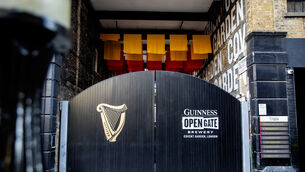Rising cost of Ireland’s borrowing condemned
Yields on Irish Government bonds were up at around 6.3% yesterday, maintaining their rating as the highest in Europe, just a day after the National Treasury Management Agency (NTMA) successfully closed its ninth auction of the year.
The NTMA is likely to proceed with its final two planned bond auctions for the year – due to take place in October and November – and is hoping that yields narrow on the back of more clarity being gleaned on the full cost of the banking crisis.
















